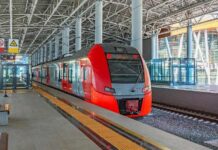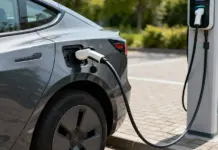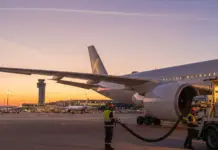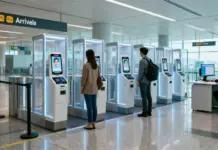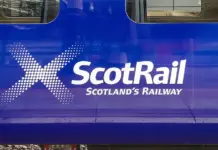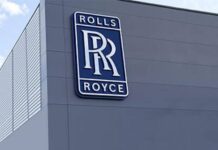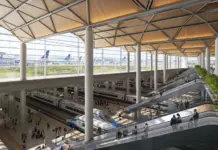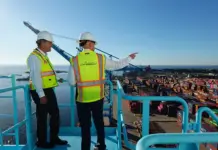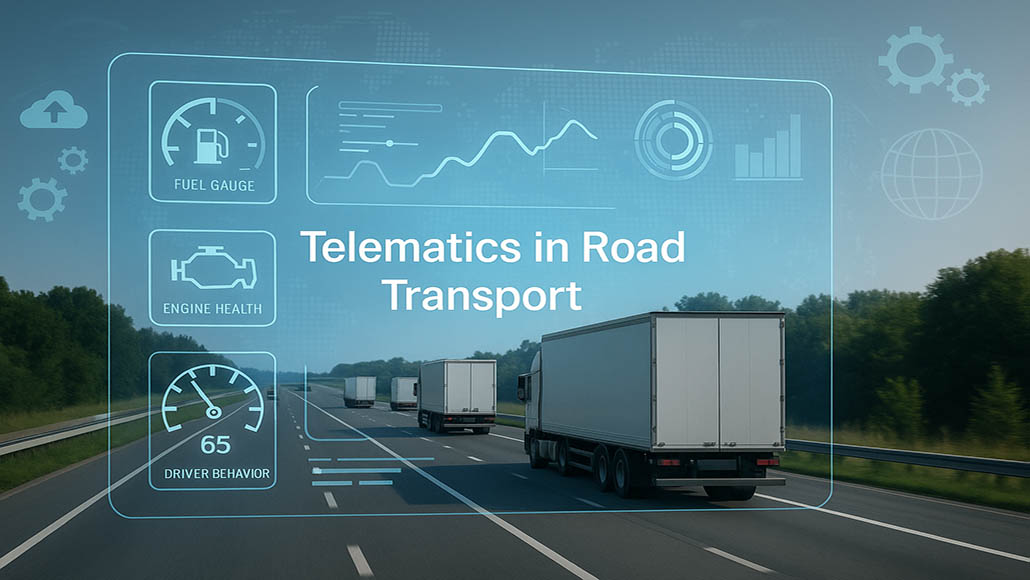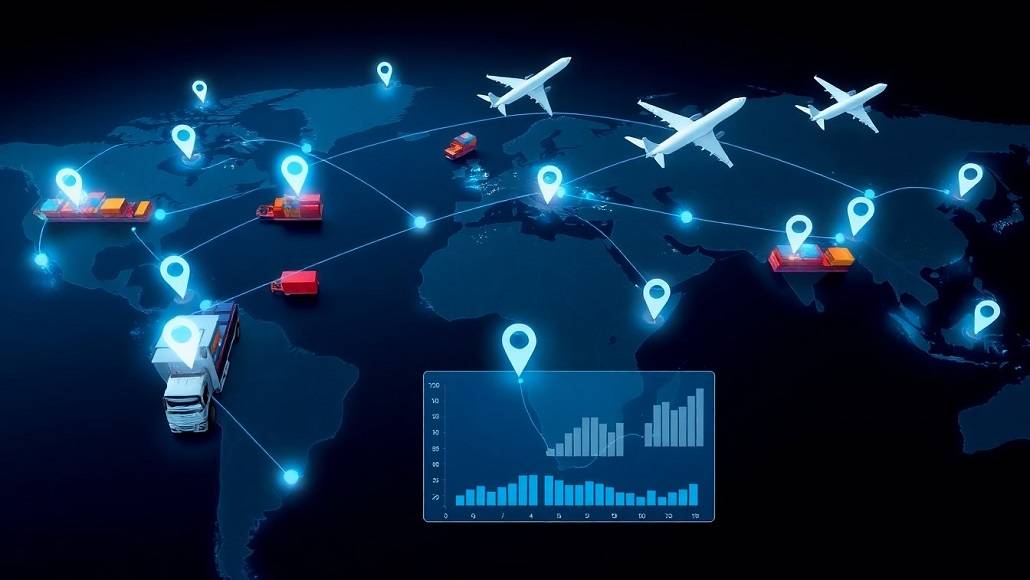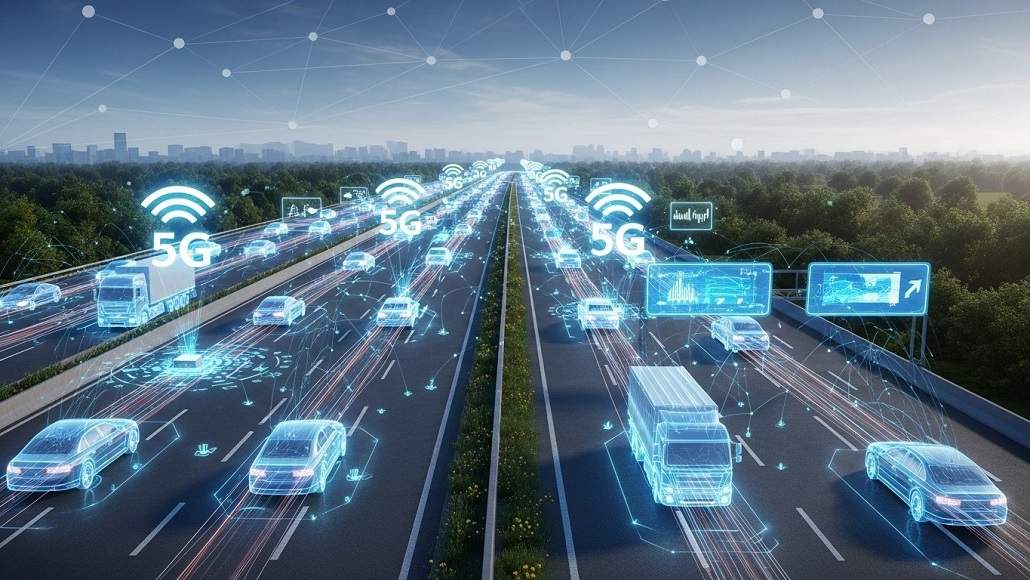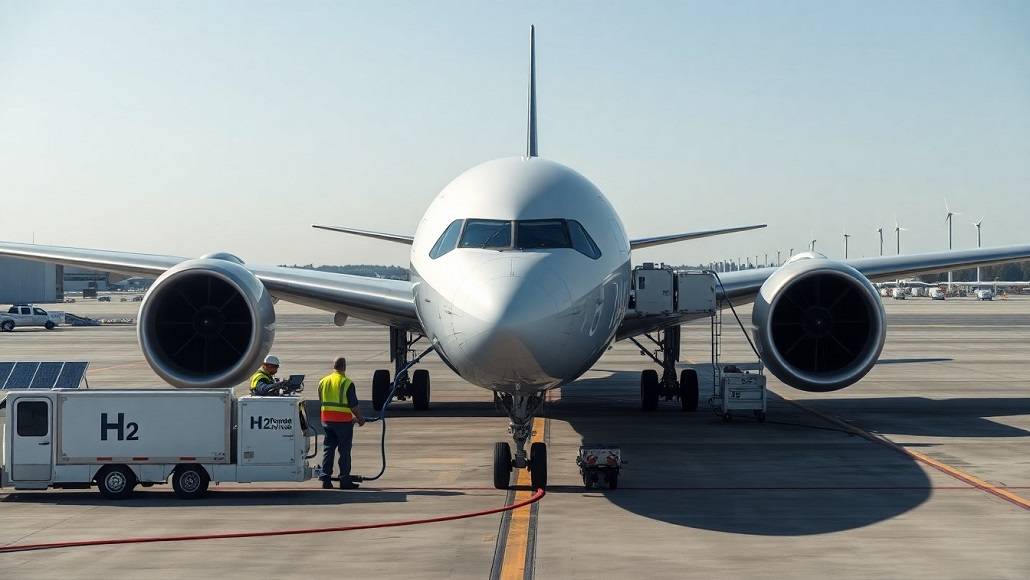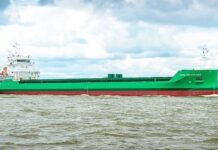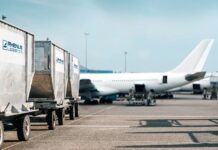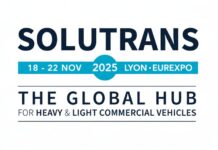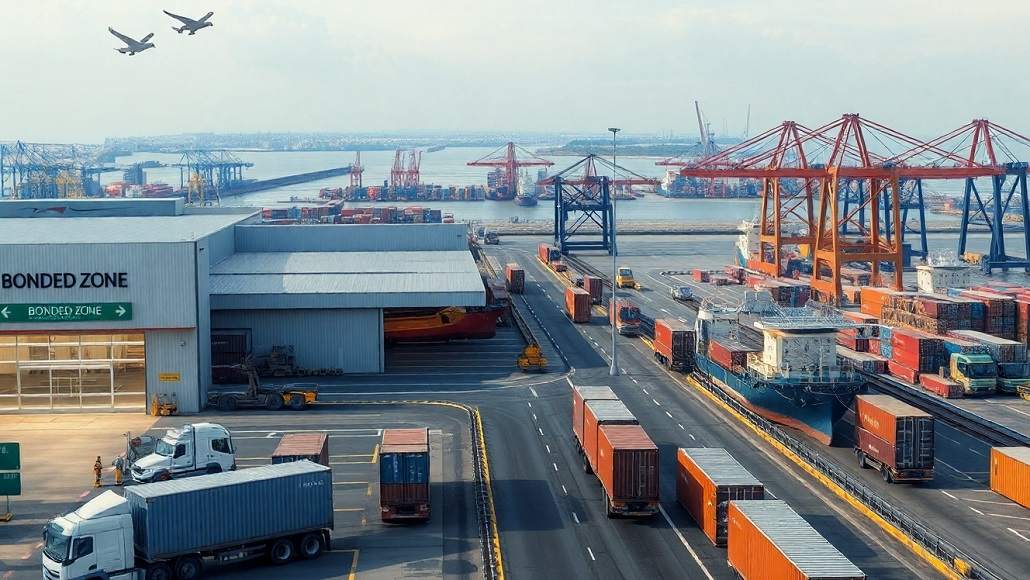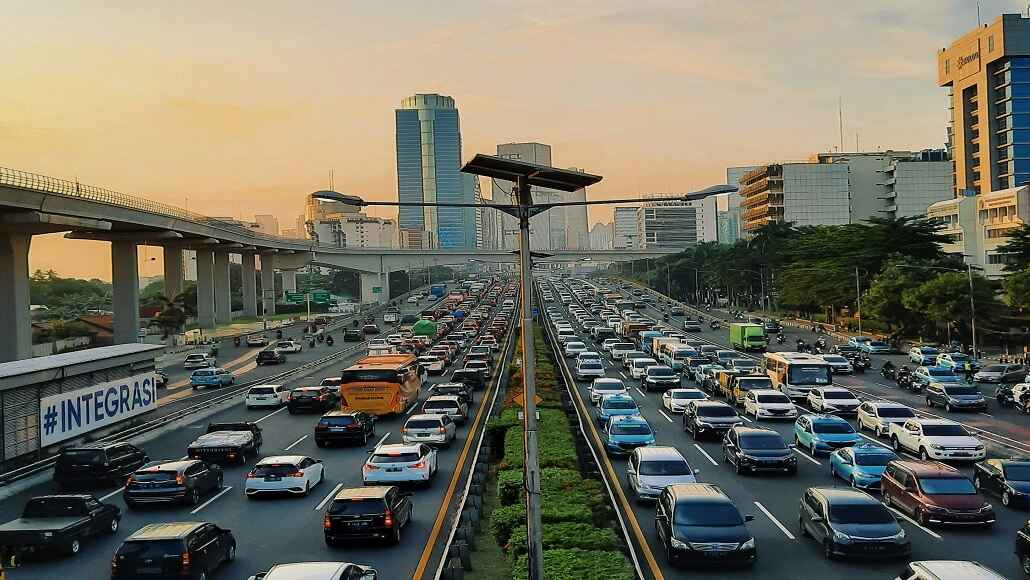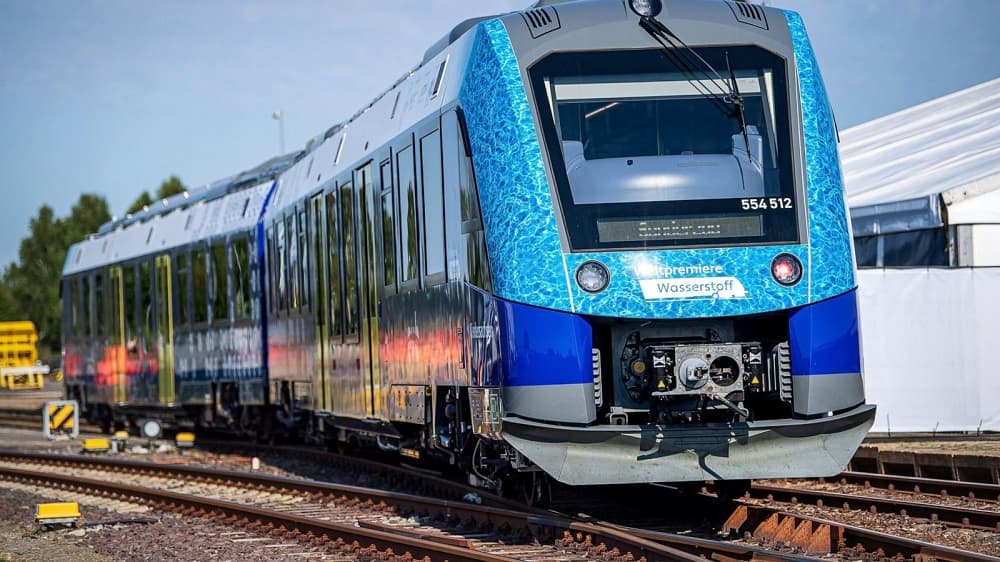The world’s first 100% hydrogen railway has received approval, opening the door for some other rail operators to follow suit. However, the project still needs to make some progress before it can really be considered emissions-free.
By the end of the year, state-owned German transportation company LNVG intends to substitute all 15 diesel passenger trains on its Cuxhaven – Buxtehude track in the north of the country with 14 Alstom hydrogen fuel cell-powered trains.
According to Alstom, the agency has already received five Coradia iLint hydrogen trains, and a sixth is soon to follow. The vehicle can travel 1,000 kilometres on a single tank of hydrogen, which must be refilled every day. Halfway over the 79-kilometre journey, at Bremervörde, where engineering company Linde this week opened the first passenger-train hydrogen filling station in the world, refuelling will take place. The plant, which has been developed to incorporate future green hydrogen generation, can dispense 1,600 kg of compressed hydrogen daily.
Zero Emissions
The zero emissions claim Alstom and LNVG have made in connection with this project is still in question, at least for the time being. The hydrogen will come from the adjacent Dow chemical factory in Stade. Hydrogen is a byproduct of the chlor-alkali electrolysis process, which is used to create caustic soda plus chlorine from salt water.
This industrial process is fueled by electricity from the German grid, which in the first half of this year generated 46.4% of its energy from renewable sources, in addition to 29.4% through coal and 14.6% via natural gas.
However, the project may assert that it avoids venting hydrogen into the atmosphere by utilising it in a fuel cell. According to research from the UK government, H2 is 33 times more potent as a greenhouse gas over a 20-year period than carbon dioxide.
Additionally, the route intends to switch to locally made green hydrogen, and according to Recharge, Linde expects to construct an on-site electrolyser next to the Bremervörde fuel depot within the next two to three years. Although the size of the electrolyser has not yet been decided, Linde intends to obtain the renewable energy locally.
Although the size of the electrolyser has not yet been decided, Linde intends to obtain the renewable energy locally. Project manager of hydrogen applications at Linde, Alexander Zoener,tells that the objective is to immediately supply the production with electricity produced by wind turbines and/or photovoltaics. They are keeping in touch with the operators of the wind turbines that are close to the hydrogen service station in order to meet this goal.
Since 2018, two Coradia iLint models have been running along the route, and one has been operating in Vienna since 2020. Additionally, Alstom has transported the train to demos in Poland, the Netherlands, France, and the UK in an effort to win over rail operators who operate on partially or entirely electrified routes and are under pressure to cut their emissions.
A potential successor to diesel-powered rail is also being pushed by battery trains, some of which have a range of up to 80 kilometres. This is especially true for short or just partly electrified tracks where the batteries can be recharged by overhead cables while the train is in motion.


